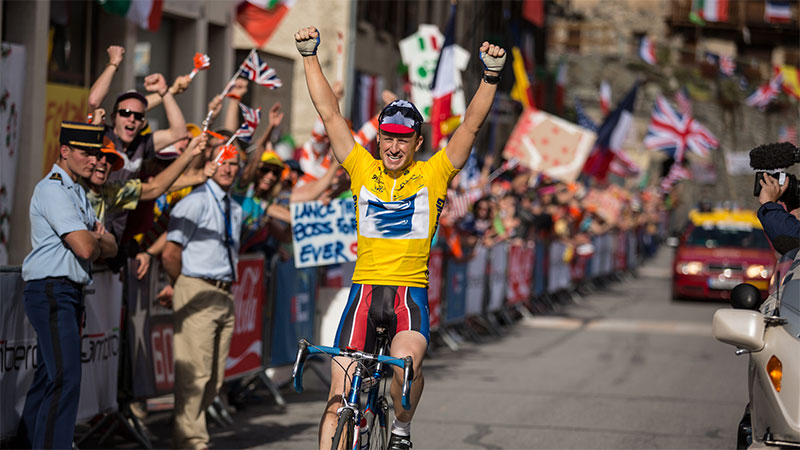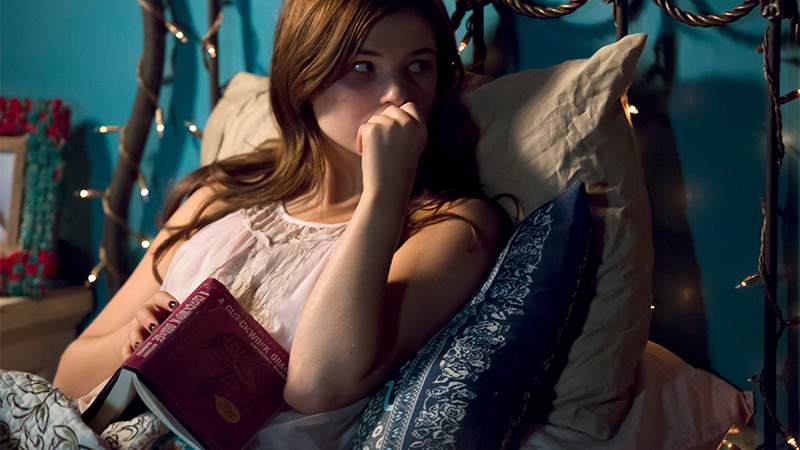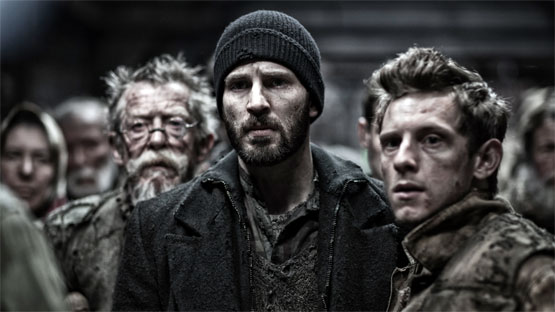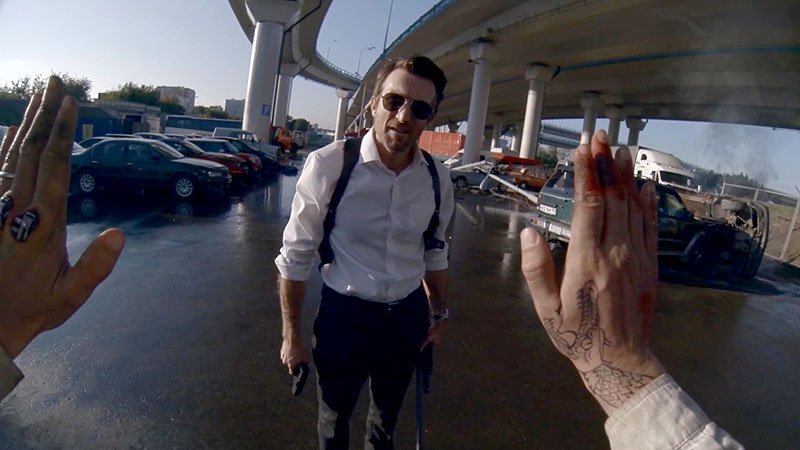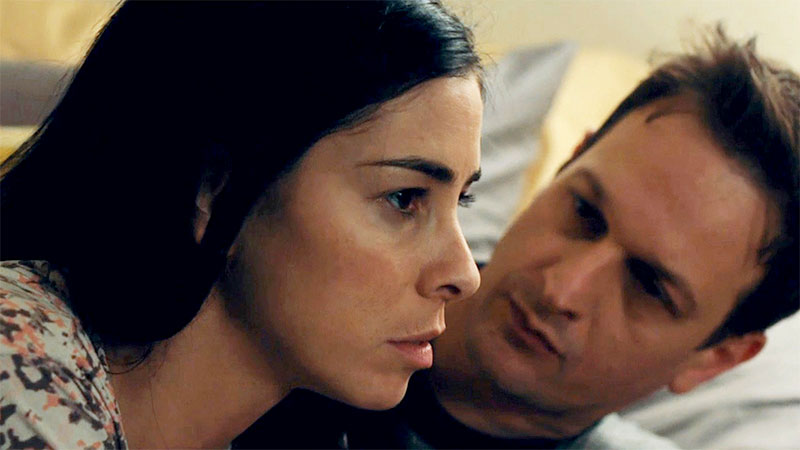The world needs heroes and Lance Armstrong was the ultimate sporting hero. Following a grueling battle with cancer, Lance returned to his cycling career in 1999 more determined than ever and with his sights set firmly on winning the Tour de France. With the help of the infamous Italian physician Michele Ferrari and team director Johan Bruyneel, he developed the most sophisticated doping program in the history of the sport. This program allowed Lance and his American teammates to dominate the world of cycling, winning the Tour an unprecedented seven times.
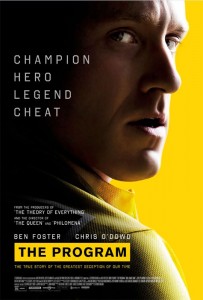
The film's on-set cycle mechanic Jeff Brown had for many years worked as a mechanic for Lance Armstrong's US Postal Team.
The idea for THE PROGRAM first came about when director Stephen Frears came across a book review which intrigued him, as he explains. “A man called Tyler Hamilton, who rode with Lance, wrote a rather good book called The Secret Race and I read a review of it. I thought it sounded fantastic.” He quickly approached Working Title, a company with which Frears had already made four films, including the one which launched both his career and that of producers Tim Bevan and Eric Fellner, My Beautiful Launderette. Producer Tim Bevan picks up the story. “Stephen emailed me and said I haven't asked you to buy anything for a long time, but I'm really interested in the Lance Armstrong story and there are several books coming out about it.”
Frears continues. “My two ‘advisors' /journalist/ Richard Williams and dsigner Paul Smith had told me about David Walsh. We read his book and met him.” Walsh had only written his book Seven Deadly Sins: My Pursuit of Lance Armstrong the previous year /2012/. Within weeks he had his first meeting with Bevan and Frears.
Once the production team had settled on Walsh's book as the basis of the film, the speed that it went into production was incredible, as producer Tracey Seaward explains. “From January /2013/ to the end of the year, the book had been read, the script had been commissioned, the film had been put together and cast, and we finished shooting right before Christmas.” Tim Bevan points out that given this was not just a recent tale but an ongoing and evolving story, they needed to work fast. “I realised that if we were going to get this film done we had to get it done quickly, because there's no point being the second film about Lance Armstrong; you have to be the first film about Lance Armstrong.”
John Hodge was signed up to write the screenplay at somewhat short notice as Tim Bevan relates. “We said to John, here's a big challenge. Basically you have four weeks to come up with the first draft. He went a little bit white and went away and came up with the first draft in four weeks.” In terms of material, Hodge started out with David Walsh, both through his book and in person. Hodge also worked through the many other tales of Armstrong mainly by cyclists. “They are all more or less recounting the same incidents from a different angle”, Hodge explains. “So it was interesting in a way to cross refer the various accounts.” Frears identifies Hodge as vital in managing to shape the film within the tight time constraints.
It was clear that it was essential to find a special actor to play Lance Armstrong. Tracey Seaward explains, “Stephen said immediately, I'll make the movie but I can only make it if I find the right person. If you can't cast the right person to play Lance, there's no point in making the movie.” Ben Foster immediately came to mind for casting director Leo Davis, as Seaward recalls. “Fortunately, Leo was very clear that Ben had to play Lance so Stephen went to New York to meet him. He needed to be convinced that Ben could physically get to that point: Lance's musculature, his physiognomy… his physicality has evolved over that extensive period of time.”
Ben Foster recalls a humorous moment when first meeting Stephen Frears for what he had been told was a secret project. “We met at a hotel in the lobby and he comes in and he just stares at me and he says, ‘do you know what this is about?' And I look at a book that he is holding in his hand and it says Lance Armstrong.”
Following their meeting, Foster had to wait a number of weeks for a script, so he immersed himself in background research. “I just started reading everything. There are a lot of books on the subject and I happened to have a lot of downtime so I started to learn how to think like a cyclist and how to ride a bike with those silly shoes!” Foster had to go through a severe programme of weight and body change as well as cycle training, but was undaunted by these challenges.
For the physical prep work, Foster had a relatively brief initiation, as he explains. “I had about six weeks on a bike and we set up a camp in Colorado with Jesse Plemons.” Plemons had since been cast as Armstrong's teammate Floyd Landis.
Once the production moved to the first locations in the French Alps, Tracey Seaward talks about how Foster's training programme continued under the guidance of pro-cyclist, Andreas Klier. “It was quite an extraordinary, intense period for Ben, but he took to it amazingly well. The amazing thing I think about it is, when we released our ‘first look' photograph from the movie of Ben Foster's Lance Armstrong, subsequently the press have taken it up and some have used it in syndications as Lance Armstrong! So he obviously did it well.”
The second key casting decision was, of course, the David Walsh character, whose pursuit of Armstrong frames the film. For Frears there was no other choice for the role of Walsh than Chris O'Dowd.
The vast majority of the film was shot on location rather than in a studio. The cycling scenes were shot at iconic French mountain locations that included Col du Galbier, La Grave, which stood in for Sestriere and probably the most mythical peak of the Tour, L'Alpe d'Huez. The production also used Charleville, Maing, which stood in for the flat landscape of Northern France whilst the town of Bouillon in Belgium was the setting for the early Fleche-Wallone race.

